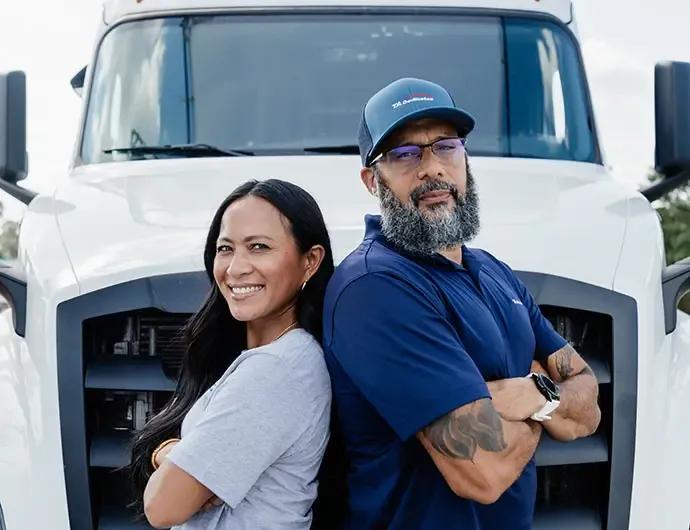Dedicated Fleet Safety: Protecting People, Assets & Reputation
When it comes to transportation safety, no shortcut is worth the risk. TA Dedicated leads the way in dedicated fleet safety—prioritizing the protection of the public, our drivers, and your freight every mile of the journey.
Exceptional Fleet Safety Ripples Throughout Your Supply Chain
Prioritizing supply chain safety protects people, freight, operations, and budget. A strong safety culture doesn’t just reduce risk and create a safer work environment that improves driver retention. It also helps you avoid the steep financial and reputational costs that can follow accidents.
With an experienced provider, supply chain safety is built into every process, delivering real protection where it matters most. Want to learn how to build a safety-first approach into your logistics operations? Download the Safety Guide and White Paper for actionable insights and proven strategies.
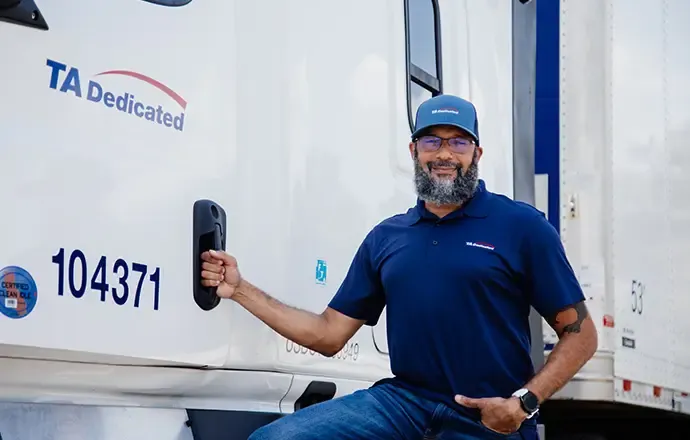
Why Fleet Safety Matters More Than Ever
Commercial Truck Inspections in the United States
7.61 Inspections Per Minute
Injury Accidents Involving Large Trucks
0.94 Accidents Per Minute
Out of Service Orders Issued
0.87 OOS Orders Per Minute
Non-Fatal Crashes involving at least on truck or bus in the United States
1.01 Non-fatal Crashes Per Minute
Cost of large truck and bus accidents in United States
$226,407.91 Dollars Per Minute
Statistics are calculated based on the number of instances on an annual basis and are calculated from information provided by the Federal Motor Carrier Safety Administration (FMCSA) for the year 2023.
The Impact of Dedicated Fleet Safety Solutions
Financial Impact
Crashes are costly.
The average cost of a truck crash is staggering: $46,765 for a non-injury crash, $383,168 for an injury crash, and over $14.5 million for a fatal crash (FMCSA, 2024). Beyond these direct costs, businesses face skyrocketing insurance premiums, lost time, freight claims, equipment repairs and damaged brand reputation.
Companies that invest in strong safety practices with a dedicated fleet partner don’t just lower their risk — they thrive. In fact, companies with rigorous safety standards see a 40% boost in productivity and fewer job-related injuries (HR Future).

Human Impact
Safety starts with leadership — and pays off company-wide.
Organizations with a strong safety culture see reduced downtime, better asset utilization, and higher retention. According to Forbes, a safety-first approach leads to cost reductions, operational efficiency, and sustainable growth.
Dedicated fleet providers bring SOPs, technology, compliance training, and leadership support to embed safety into every layer of your operation. With 97% of working Americans saying that feeling safe is a key factor in where they work (EHS Today), your commitment to safety isn’t just good policy—it’s good business.

Operational Impact
Road risks are rising — and so are the consequences.
Fleet maintenance lapses and unsafe practices are harder to hide as the roadways become more crowded and dangerous. In 2021 alone, there were 494,000 police-reported crashes involving large trucks (FMCSA). Nearly 13% of trucks inspected during CVSA’s 2024 Brake Safety Week were placed out of service for brake-related violations.
Add in aging infrastructure (39% of U.S. roads are in poor or mediocre condition), distracted drivers, and over 5.7 million new drivers on the road in just two years, and it’s clear: operating safely isn’t optional. A dedicated fleet partner helps ensure safety is never overlooked.
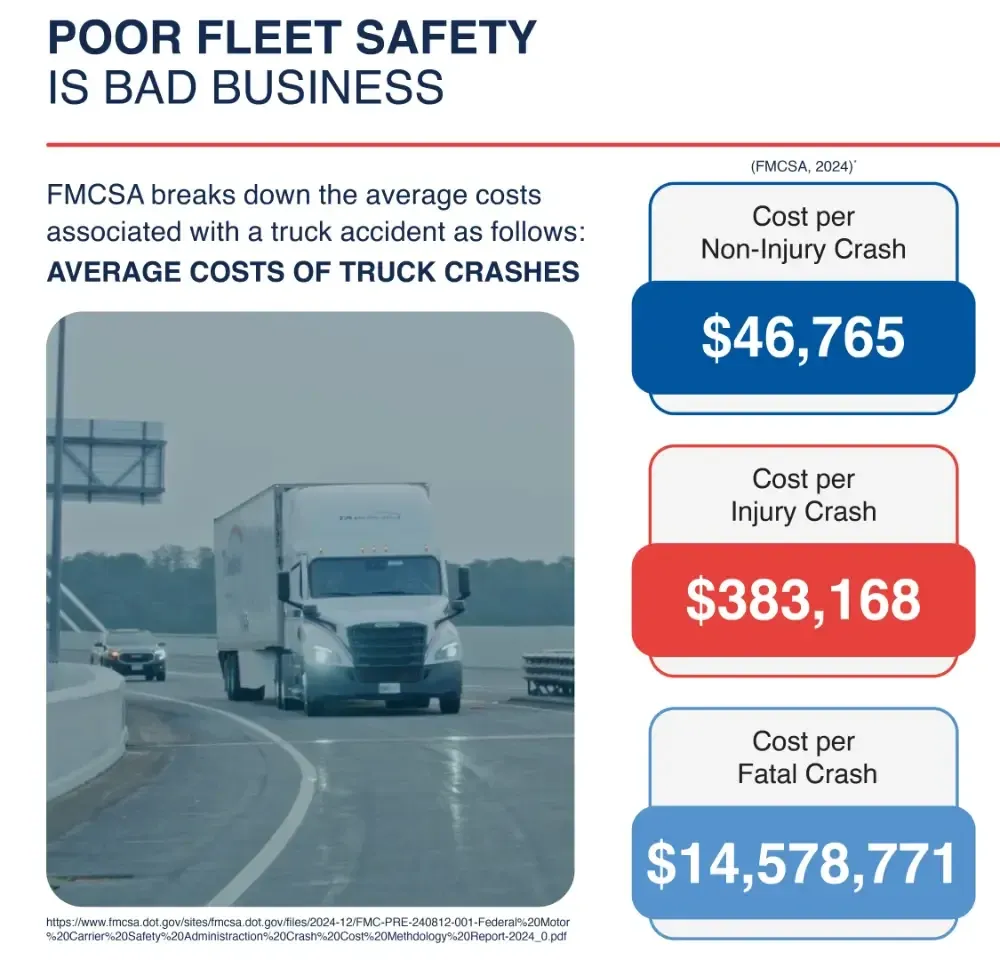
Is your carrier safety program protecting your people and bottom line?
Rising liability costs, tighter regulations, and higher customer expectations make transportation safety non-negotiable.
This white paper breaks down today’s top safety risks, shows the real costs of safety failures, and explains how top dedicated providers help shippers stay compliant, lower risk, and boost performance.
TA Dedicated’s Safe Supply Chain Practices
Advanced Driver Behaviors & Training
Every TA Dedicated driver completes rigorous, hands-on training to handle freight safely, respond to emergencies, and represent your brand with professionalism. Our training covers:
- Route planning and hazard awareness
- Emergency procedures
- Load securement and hazmat handling
- Safety technology and equipment use
- Customer communication
- Regulatory compliance
- Driver wellness practices
- Fuel-efficient, low-emission driving
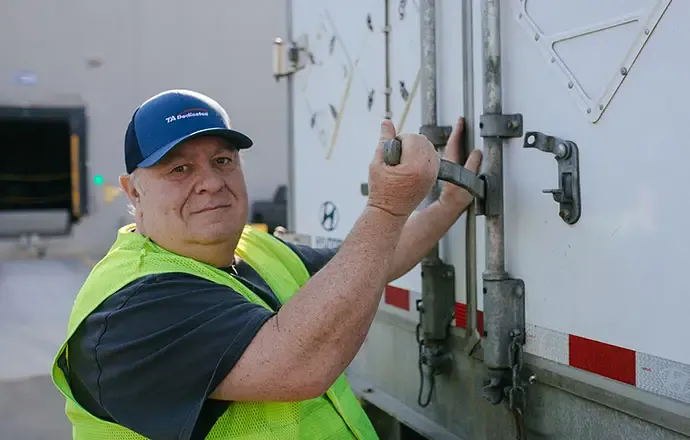

Rigorous Fleet Equipment Maintenance
State-of-the-Art Fleet Technology
Our commitment to dedicated transportation safety includes advanced tools and automation:
- Forward-facing and driver-facing cameras to monitor habits and defend your reputation
- Collision mitigation, speed intervention, and electronic stability control
- Real-time telematics for safe freight transport, driver coaching, and predictive maintenance
Over 54% of fatal truck accidents are at least partly the fault of passenger car drivers. Having the right technology can protect your freight, and your reputation

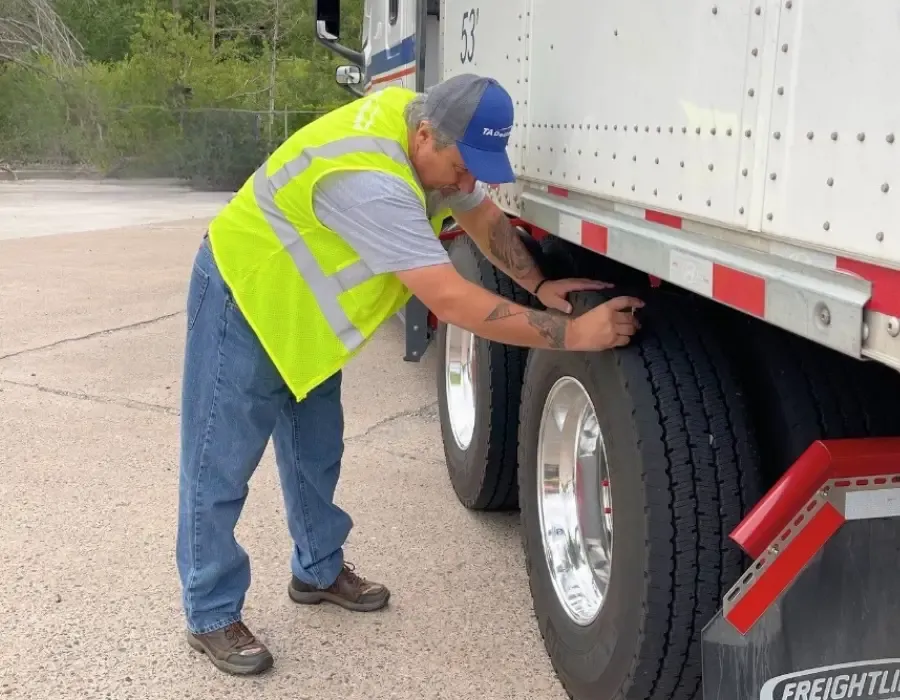
Recognized for Transportation Safety Leadership
Transform Your Supply Chain Safety with a Safe Dedicated Carrier
